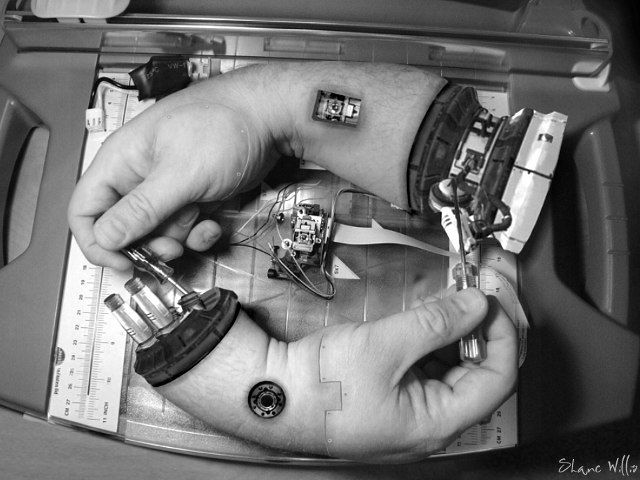A session with short papers, so I have to be ready.
Methodologies for self-organising systems: a SPEM approach
Mariachiara Puviani, Giovanna Di Marzo Serugendo, Regina Frei and Giacomo Cabri
Late :-( I,m sorry But it seems interesting. Take a look at the paper
Self-organization of peers in agent societies
Martin Purvis
Goal: to investigate gossip-based mechanism for self-organization of agents divided into groups: Decentralized, scalable and with partial information. The problem domain used is sharing digital goods in electronic societies. Can it work in a decentralized way (without supervisor)?
Sharing incurs a cost: the donor have a cost and the receiver receives the benefit. How agents can be «forced» to cooperate and share goods? First 100 iterations, agents play and gossip. After 100 iterations, they can move to other group.
Showing results about how groups are finally separated and well-defined. Why are agents leaving a group? (i) tolerance level is met (others do not share enough) or (ii) benefits are not improving.
An Autonomy-Oriented Paradigm for Self-Organized Computing
Jiming Liu
Typical application areas of AOC: hard problems and complex systems. Related work: discrete-time propagation models or immunization strategies for restraining virus spreading (hey, guy, it’s a short paper… when are you going to begin?) OK. decentralized search for immunization problem. The entity tries o find the node with the highest degree in its local environment. If these nodes are protected, the virus spreading can be delayed or even stopped. Possitive feedback is used to rapidly discover a good set of high-connected nodes at early stages.
Simulation of the Rungis Wholesale Market: lessons on the calibration, validation and usage of a Cognitive Agent-based Simulation
Philippe Caillou, Corentin Curchod, and Tiago Baptista
Justa paper about how a concrete problem has been solved (simulated) using agents. Not interesting for me. Sorry.
Silicon Coppélia: Integrating three affect-related models for establishing richer agent interaction
Matthijs Pontier and Ghazanfar Siddiqui
Goal: a robot that could interact with humans (I guess, Because I hardly can hear him… a microphone! good). Emotional models formed by the integration of 3 models: CoMERG, I-PEFiC and EMA. It uses a emotion regulation model (Gross). These approaches models important aspects of human affective behavior, but all of them miss out something important.
Proposal and simulation experiments. Something that wonders me is how utility values are calculated and emotions can be perfectly described just by a number. That’s because I don’t believe in utility-base models (I can model this as «utili-base models likelihood = -1» :-) Anyway, examples seems very complex and with a sufficient number of variables/parameters.
So they can model things as irrational decision or emotions based on believes quite well. Interesting.
Transition Process Distinction in Multiagent Organization
Eric Matson
A low-level paper… (hardware related, I mean :-) How organizations can be embedded on physical devices? Over the time, the organization evolves from its initial state untilo it reaches some state of global satisfaction.
All is based on the concept of transition rather than reorganization. Computationally, they ae very different problems. I must read this paper. It sounds interesting and promising. Furthermore, can be useful for our Android agents.

